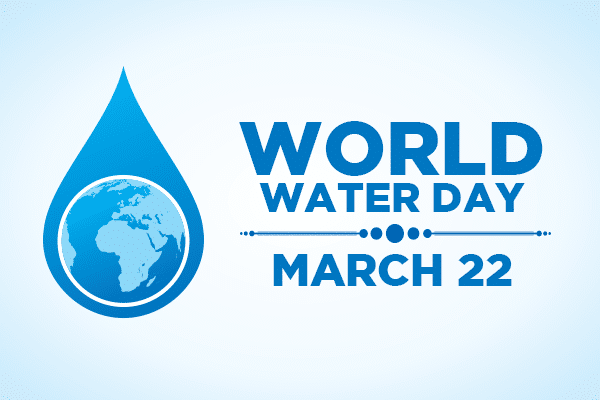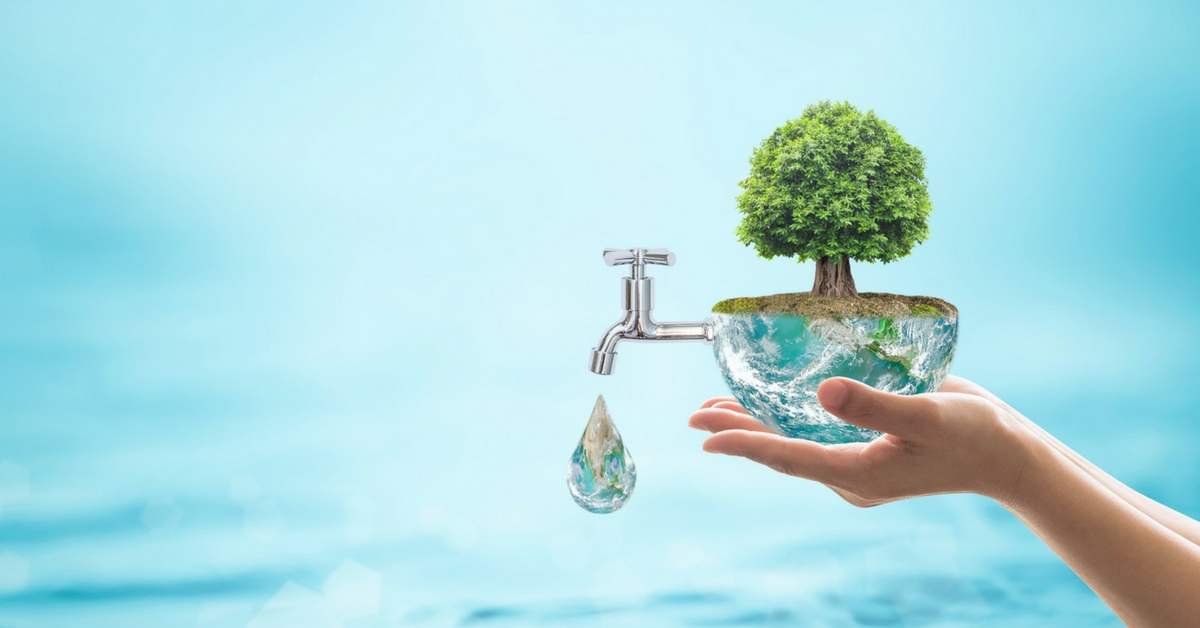In a developing country whose economy is centred around agriculture, and which is rapidly transitioning into the realm of renewable energy, the future of solar pumps seems brighter than ever.

This is testified by the increased impetus given by the Government of India to the widespread deployment of solar pumps- in the Budget 2018, there has been a budget allocation of Rs 48,000 crore for distributing 17.5 lakh solar pumps, and solarizing existing pumps, as part of the ‘Kisan Urja Suraksha evam Utthaan Mahabhiyan (Kusum)’ scheme. The scheme has additional objectives of setting up 10,000 MW solar plants on barren lands, besides allowing farmers to sell the surplus produced energy to state electricity. This move is a welcome step towards ensuring the financial stability of farmers, and at the same time, bolsters the government’s ambitions of integrating a vast share of renewable energy in the overall energy mix.
The potential for solar water pumps

India is blessed with an abundance of solar energy and has a massive potential to transform this into electricity- the National Institute of Solar Energy in India has determined this amount to be a whopping 750 GW. Equally massive is the presence of agriculture in the Indian economy- it employs nearly 50% of the workforce, and contributes 17.32% to India’s GDP. Thus, an intensive economic practice like this needs reliable practices that can ensure a high yield of agricultural crops, such as efficient irrigation techniques. Water pumps have emerged as a dependable mode of irrigation, and the advent of renewable energy has ensured the rapid advancement of solar water pumps. At the fore of this breakthrough is The Ministry of New and Renewable Energy (MNRE), which has collaborated with various state governments and started promoting solar water pumps by providing various subsidies to farmers.

The majority of pumps used today are either grid-connected or run on diesel. However, remote, off-grid areas, the rising prices of diesel, as well as the environmental implications of its usage, raise several questions over the efficacy of these traditionally-powered pumps. Our nation’s economic well-being hinges on that of the rural economy, which in turn depends on agriculture, rather cost-effective agriculture. Thus, innovative solutions and ideas are the need of the hour to revamp this sector. Solar pumps can be heralded as a solution that the rural agrarian society needs- they can be used in power deficient and remote regions, and reduce diesel consumption, both necessary steps to ensure sustainability as well as a clean environment. Besides, they provide farmers with an opportunity to generate extra income by selling surplus energy. In a nutshell, solar water pumps have immense economic, societal, and environmental advantages.
Solar Energy in India: Current Scenario

The Prime Minister of India, Narendra Modi, has set an ambitious target of producing 175 GW of electricity from renewable energy sources by 2022, during the recently held International Solar Alliance (ISA) Summit at Rashtrapati Bhavan, New Delhi. The recent news of Diu becoming the first 100% solar powered Union Territory further cements the government’s conviction towards this great cause. This enormous increase in installed solar capacity would entail a proportionate increase in jobs related to solar energy. Indeed, achieving these renewable energy goals would be a step closer towards realizing an energy-secure and sustainable future.
The Road Ahead

The government’s ambitious target to initiate wide-spread usage of solar pumps is a positive indication of the growth of the solar pump industry, which is likely to flourish in the coming years and aid in accelerating the sustainable development of our country. The immediate challenge facing the mass implementation of solar pumps is its high upfront cost, but taking into account the long-term benefits they provide, this challenge could soon be converted into a successful opportunity. Perhaps, that day isn’t far away when a solar pump in a farm is as ubiquitous as a tractor ploughing on a field!
Written By: Vinita Srinivasan
Edited By: Priyanka Pandey






